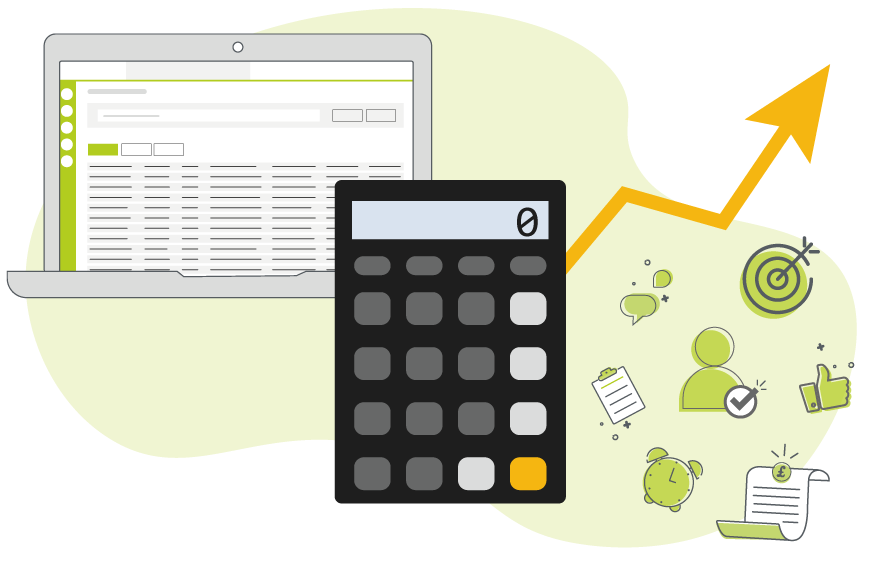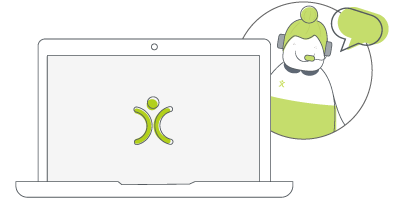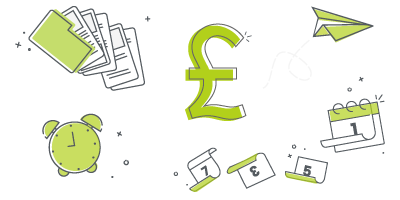Measuring the ROI of your CRM System
19 Feb 2024
ROI stands for Return on Investment and essentially is a measurement of how much bang you’re getting for your buck. In the CRM world, people use ROI measurements to assess if their system is cost effective.
When calculating the ROI of your CRM system, you need to know two things:
- What does it cost?
- What do you get back? (and is it better than before you had this system?)
The first bit is usually pretty easy. You know what you’re paying for your subscription and additional costs.
It’s the second bit that gets a bit tricky.
Before I delve into the different ways you can measure the ROI of your CRM system, I’d like to talk a bit first about why you’d want to measure it at all.
Do you need to measure ROI?
The short answer is: well, yes. As a business owner or manager, you want to make sure that no penny is being wasted.
The long answer, however, is a bit more nebulous. A lot of businesses use CRM systems to make themselves more efficient (although there are other goals). And being more efficient and effective is often measured more as a feeling rather than cold hard calculations.
Let’s look at it this way, it’s not an exaggeration to say that COVID-19 hit a lot of businesses really hard. And yes, 80% of them are planning on increasing or maintaining their current IT budget. That means that this IT spend simple MUST pay for itself (and more) to make up for losses in other places.
And with about 91% of businesses with more than 10 employees using a CRM system, you can see why calculating the ROI of these is becoming more and more important.
So let’s explore the different elements that make up an ROI measurement for your CRM system.

Let us take you on a tour
You've had a look around and are starting to think OpenCRM might be the system for you and your business. Why not chat with one of our team (and ask your burning CRM questions) as they take you on a tour of the system?
find out moreHow to measure the ROI of your CRM
Every business will use their CRM different, so making generalisations here is difficult. But I’m going to go over a few generic measurements you can take and how these can help you get a picture of ROI.
So the following four ROI measurements focus on CRM features and tools that are (mostly) specific to sales. You’ll see these in many other articles written to help you with ROI calculations:
1. Lead Conversion
CRM systems are great tools for lead nurturing. You can send out campaign emails, schedule follow ups, and generally keep your sales team that bit more organised.
So the question to ask (and the measurement to start reporting on from day one) is all about lead conversion. There are three parts to this:
- How many Leads are you creating?
- How many get converted to Opportunities?
- And how many of these Opportunities are then won?
Those three figures will tell you how well your CRM system is performing for your marketing and sales teams. Tracking the ratios of these over time will tell you whether your new system is having the desired effect.
Comparing these figures to any information you have from before you started using this new CRM system is a great way to measure ROI.
Even if it isn’t a direct comparison, i.e. £5 in, £10 out, but still shows the impact you investment is having.
2. Higher Closed Won Sales / Net Revenue
Now here’s that direct comparison so many people like to use when calculating CRM ROI: spend vs revenue.
Looking at your Closed Won Opportunities (or Invoice Margin), you can compare if your revenue has increased since before you started using this new system.
It’s important to remember that it isn’t the ONLY figure you should be relying on, but safe to say, it’s definitely one you should pay attention to.

Don't just take our word for it
Click to read how other companies have benefited from using OpenCRM. From out-of-the-box implementations to businesses that needed bespoke development to fit their unique approach - we've seen it all.
find out more3. Time to Close / Active Period
One of the great things about using a CRM system to manage your opportunities is the ability to spot trends over time. A key one, to my mind, is not so much what their monetary value is, but rather how long your sales team spent winning it.
You might want to measure, for example, how many hours were recorded on average. Or you could look at how many days or weeks your opportunities are taking to close.
A CRM system should make your team more efficient, so an ideal ROI measurement would be to ask whether these figures went down. Could your team win as many (if not more) sales over less time and with less effort?
4. Letting your customer speak
In addition to the performance of your team, there are some other people who’s opinions should feature in your ROI measurements: your customers.
Finding out if your customer reviews and ratings improved after you implemented your CRM system (and/or if your retention rate improved) will tell you what your customers thought about your change in processes.
Once again, it’s not a like-for-like measurement. More of an ROI temperature about how your CRM system impacted your customer service.
What can prevent positive ROI?
Sometimes, your CRM system isn’t a good fit. It could be the cheapest or the most expensive, but for whatever reason, it doesn’t work for your business. And that will give you a negative ROI.
But sometimes the problem isn’t with the system. There are other factors that you will need to consider when judging the ROI of your CRM system.
Is your data accurate and clean?
If the data you put into your CRM system is inaccurate or riddled with errors, your use of the system (and therefore its ROI) will be poor.
The fix for this is to ensure that your data is clean and accurate before you bring it into your CRM system. It can be a fiddly and time consuming job, but remember:
A CRM system is only as good as the data you put in it.

The bottom line
We've got a simple pricing structure: a per user monthly fee that gives you access to the whole of Open CRM. No restrictions and no hidden fees. See? We told you it was simple.
find out moreAre you using joined up writing?
We use this phrase, “joined up writing”, to refer to a system where each stage of a process, from start to finish, has a home in your CRM system.
If you are only managing certain parts of your processes within your CRM system and relying on manual data input for the rest, you’re going to end up with things being forgotten. And those processes will fall over.
Using a CRM system that has feature for your whole business and/or integration options that can bring everything into a central location is vital. Otherwise, that CRM is just one of many systems your team just won’t remember to use.
Do you have user buy in?
If your users aren’t actively logging in and using your CRM system, either because it doesn’t do what they want or because they don’t want to you it, you’ll end up with a poor ROI.
In fact, you won’t even be able to calculate your ROI because there won’t be enough data in the system to do so.
Well that as a bit of a sour note to end on!
Calculating the ROI of your CRM system is a great way to find out if it is the right system for you. It will also give you insights into your team’s performance and areas where you can improve your processes. If you’d like to chat about expanding your use of OpenCRM or even kick starting your journey with us, please just click the chat icon over on the right. We’d love to hear from you.
My role is to build our Customer Success team and I work with our clients and prospects helping them get the most from their subscription – it is a fun challenging role as no two days are the same. When not in the office I’ll be either making a noise on my guitar or getting my trainers on for a run out in the Yorkshire Dales, North York Moors or the Lake District.